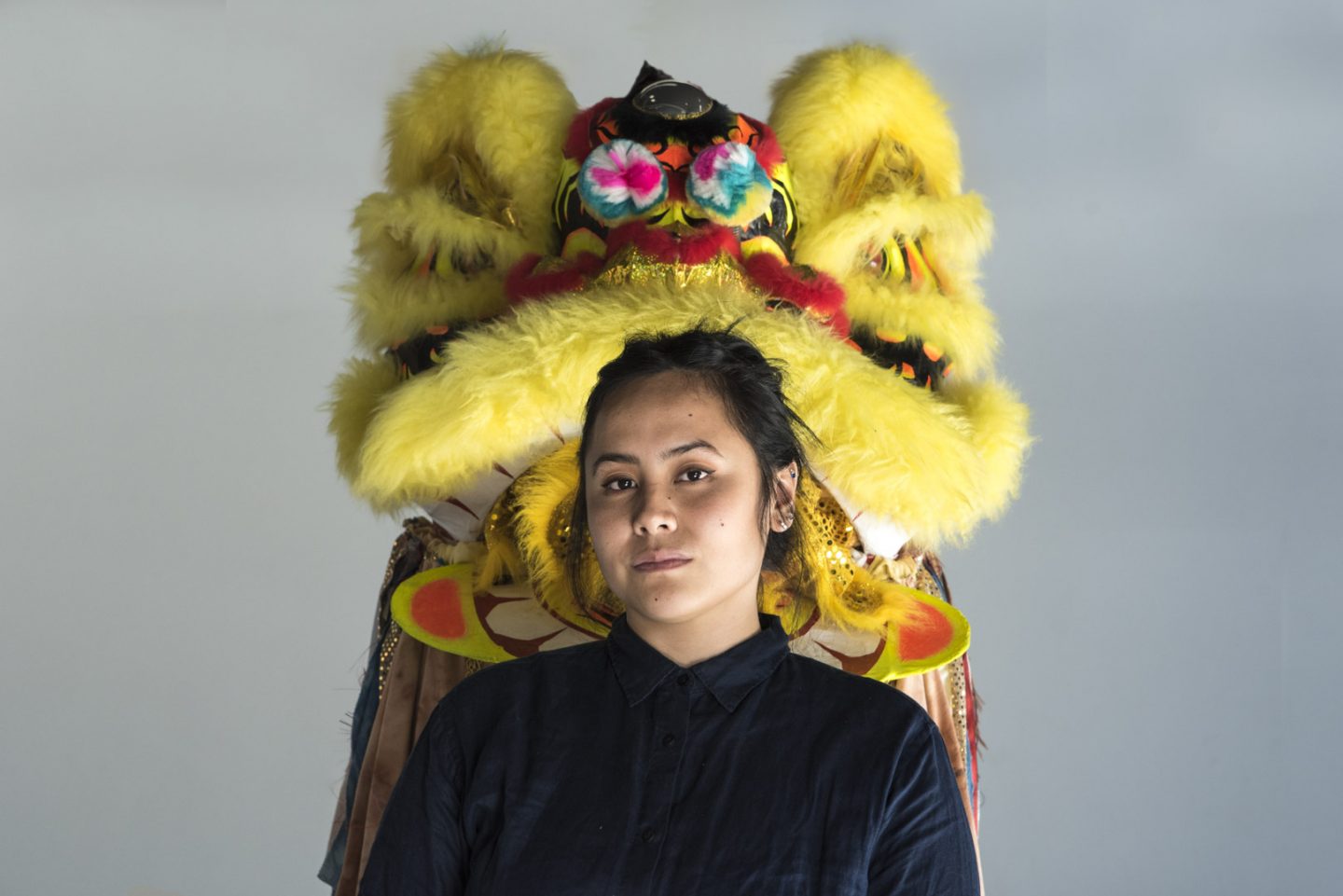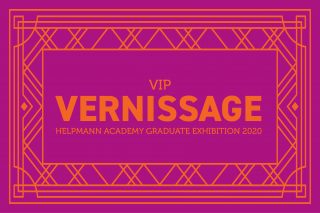Work of Art:
Truc Truong’s sculptures speak of family, identity and survival

Truc Truong’s work Unicorn Land features in the 2020 Helpmann Academy Graduate Exhibition and explores themes of identity, family and assimilation.
The University of South Australia graduate joins 26 other emerging artists from UniSA and Adelaide College of the Arts (TAFE SA) / Flinders University for the exhibition, which showcases their work to the greater South Australian arts community.
“I was a bit intimidated going in, thinking that the assessment of my work wasn’t going to be good, and that the exhibition of my work may not be received well. So, when Helpmann called me, I was thrilled. It all came together,” says Truong.
“I think it’s curated really well, so I’m excited to see what it’s going to be like this year.”
The exhibition is the culmination of a transformative few years for the installation artist, who started on her journey as an artist after taking up ceramics as a form of self-care in her second semester of a teaching degree at UniSA. After falling in love with the practice, she quickly transferred to a Contemporary Art degree.
“I’ve always had a passion for making things, whether that’s in the kitchen, or in the backyard. I always want to make something that doesn’t exist, or replicate something in terms of traditional art. And I still see it as self- care.”
As a second-generation Vietnamese-Australian, Truong’s work grapples with themes of identity, culture, assimilation, family and survival. She gathers many of her materials from her parents’ home and uses cultural iconography, like the lion, to explore feelings of belonging and displacement.
“I was trying to understand why my parents were so okay with being treated like shit [in Australia]. Why aren’t they saying anything? Why aren’t they upset about it? And so, a lot of the research that I’ve been doing for Unicorn Land was trying to understand my rage, and trying to understand the first and second generation, and all the influences (in Vietnam) with China, and France that play into that.”
The golden lion head used in Unicorn Land comes from Vietnam and has been in Truong’s family for around 10 years. She built the body of the lion using her own clothing, which she bleached before assembling.
“I pretty much chucked out everything that I thought I had been hoarding for too long, bleached and stripped it, and put it on as representing the assimilation and the damage that my parents and me have been through, and what that means for us.”
“It’s about displacement, dislocation. I have talked about hybridity in my work before, as I’ve got both cultures, and we’re in the middle. A lot of my friends and I talk about how we don’t really feel Aussie, but we don’t feel Asian. We don’t really know where we sit. And so, a lot of my work is about that.”
Truong says that she used to worry about whether her intentions would be received by a wider audience, but that shifted after her graduate exhibition.
“I asked a Vietnamese friend of mine to come to the show because we always used to sit and talk about how hard it was being Asian. And it was just one moment. I didn’t even know how people were perceiving the work, whether they liked it or not, but she looked at me and then we just locked eyes and teared up. And for me, that was like, ‘Okay, you get it.’
“Even if others don’t get it, people that are not Vietnamese-Australian, even if they see my work as a gimmick or trend for now, me being able to showcase the fact that we have been traumatised and have tried to do this whiteness assimilation game – that she could see it in this white institution was good enough for me.”
Truc Truong’s work is on display as part of the 2020 Helpmann Academy Graduate Exhibition, from Thursday 13 February to Sunday 8 March

Helpmann Academy Graduate Exhibition VIP Vernissage 2020
The Adelaide Review is a media partner of Helpmann Academy